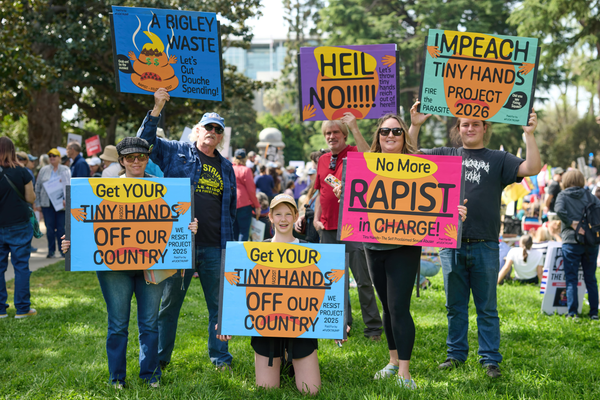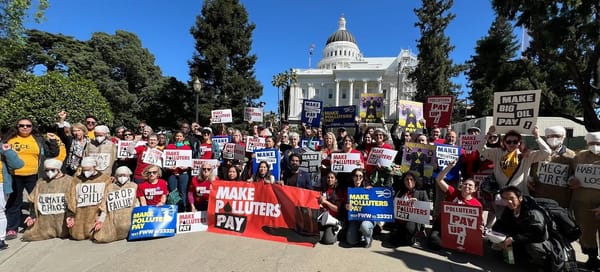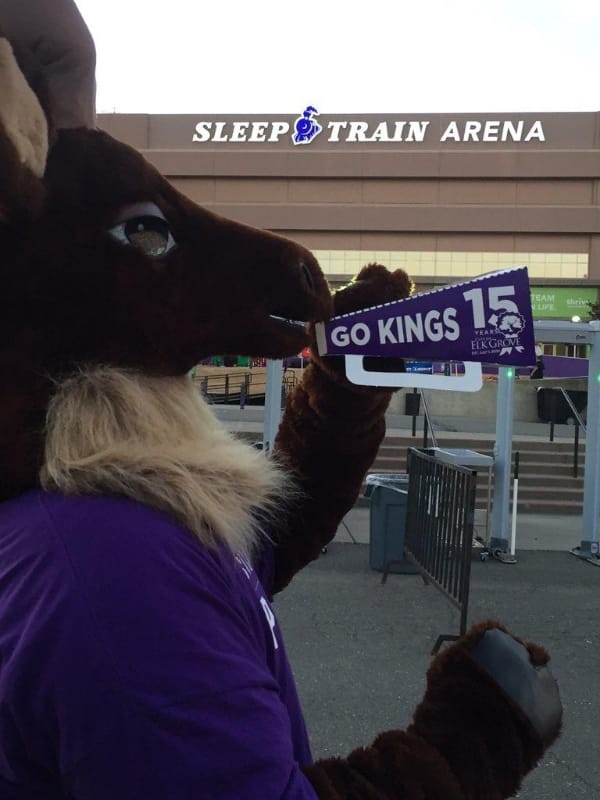Investor Data Reveals CA Oil Refiners Tripled Their Average Annual Profits In 2022
Los Angeles, CA — oil companies and right-wing think tanks claim that government regulations and the rise oil prices on the market are responsible for the $2.40 more per gallon that Californians are paying for gasoline than the rest of the nation, a just published report exposes the overt price gouging Big Oil is engaging in.
A review of oil refiner shareholder reports by Consumer Watchdog reveals that California oil refiners made an average of 32 cents per gallon annually from 2001 – 2021 compared to unprecedented profits of between 79 cents per gallon and $1.01 per gallon in the second quarter of 2022.
Governor Newsom has called a special legislative session for December 5 to address these windfall profits.
”None of the four California oil refiners who reported windfall profits in the second quarter of 2022 had previously made more than 50 cents per gallon annually in all their years doing business in California,” said Jamie Court, president of Consumer Watchdog.” “Chevron’s profits only exceeded 50 cents per gallon three times in the last twenty years.”
View the chart revealing the oil refiners’ publicly reported profits per gallon from 2001 through 2022 here.
Consumer Watchdog released a video narrated by actor Mike Farrell that shows the need for the legislature to enact a price gouging rebate.
“Over the last two decades, California oil refiners have averaged about 30 cents per gallon in profits, and rarely made more than 50 cents per gallon in profit,” said Court. “Now the oil refiners are raking in more than $1 per gallon in profits. These windfall profits must be rebated to California drivers to stop oil refiners’ price gouging. The reason Californians are paying $2.50 more per gallon for their gasoline is clearly price gouging. Oil refiners should have to return to the public whatever profits they make over 50 cents per gallon.”
Five oil refiners make 97% of the state’s gasoline and sell it directly to retail gas stations in the state, according to Court. They set the price at every retail pump.
“Applying a windfall profits cap at 50 cents per gallon, California’s four oil refiners that provide gas to 68% of the market and report their quarterly profits would owe Californians more than $930 million already for their excess profits in the first half of 2022,” according to an estimate from Consumer Watchdog. “View the calculation. Chevron, which makes gas for 29% of the market, did not report its profits per gallon this year yet but consistently has had among the highest refining profits.”
The group said refiners will report their third quarter earnings to investors beginning next week: Valero October 25, PBF October 27, Phillips November 1, Marathon November 2, Chevron November 4.
“Third quarter profits reports should be very revealing,” said Court. “The proof of the gouging always comes out in the profit reports.”
A new law, SB 1322 (Allen), backed by Consumer Watchdog, will require oil refiners to post their profits per gallon from refining monthly beginning in January. “This will give California the basis to monitor for price gouging in real time and, if a price gouging rebate is enacted, to give the excess profits back to drivers,” said Court.
“Oil refiners’ reports to investors only reveal Western regional margins, not California specific profits, which are generally higher. Two of the five oil refiners, PBF and Valero, have their Western refineries in California only. Chevron does not report its gross refining margins quarterly, only annually. Gross refining margins (the difference between the cost of crude oil bought and price of petroleum products produced and sold by the refiner) are reported per barrel, which can be expressed per gallon by dividing by 42, the number of gallons in a barrel,” Court explained.
Big Oil has been able to get away with what it does in California because of the enormous influence the Western States Petroleum Association, the trade group for the oil industry, and oil companies have exerted over the media, legislature and regulatory agencies for decades.
WSPA, the largest and most powerful corporate lobbying group in Sacramento, alone has spent over $17.5 million lobbying the California Legislature and other state officials over the past three years.
In the first quarter of 2022, WSPA continued its lobbying spending spree, dumping $952,366.91 into lobbying California officials, according to the California Secretary of State’s website. Chevron spent even more money than WSPA in lobbying, $1,016,168.17, during the quarter.
Over the past four years, fossil fuel companies paid almost $77.5 million to lobby lawmakers in Sacramento, reported Josh Slowiczek in Capital and Main on May 14.
“Oil and gas interests spent four times as much as environmental advocacy groups and almost six times as much as clean energy firms on lobbying efforts in California between 2018 and 2021, according to a Capital & Main analysis — reflecting the intensity of the industry’s efforts to influence policy in a state whose leaders have vowed to build an energy future free of fossil fuels,” Slowiczek wrote.
WSPA and Big Oil wield their power in 8 major ways: through (1) lobbying; (2) campaign spending; (3) serving on and putting shills on regulatory panels; (4) creating Astroturf groups; (5) working in collaboration with media; (6) creating alliances with labor unions; (7) contributing to non profit organizations; and (8) sponsoring awards ceremonies, including those for legislators and journalists.
WSPA and Big Oil have for years worked closely with media outlets and more recently have sponsored awards for legislators and journalists.
For example, Catherine Reheis-Boyd, WSPA President and former Chair of the Marine Life Protection Act (MLPA) Initiative Blue Ribbon Task Force to create “marine protected areas” on the South Coast, was on the “short list” of nominees for the LA Times “Inspirational Women Awards” held on October 18, 2022.
Can you guess who was one of the sponsors of the LA Times awards? Yes, you guessed right — WSPA was a sponsor.
According to a tweet from @OfficialWSPA, “Today @latimes acknowledged a woman who is already well known in our industry as a trailblazer and inspiration to tens of thousands of women. Congrats to our fearless leader @WSPAPrez for being recognized as a shortlisted nominee for the Inspirational Women Awards.”
It is also no surprise that five LA Times reporters this year received “environmental reporting” awards from the Sacramento Press Club that were sponsored by WSPA, PR and lobbying firms and others.
In 2015, I wrote this article about how LA Times and the California Resources Corporation teamed up on a propaganda website: https://www.dailykos.com/story/2015/10/30/1442947/-LA-Times-and-Big-Oil-team-up-on-propaganda-website
Fortunately, the LA Times is no longer managing and running that website.
Amazingly, it appears that I’m the only one willing to report on the deep ties between WSPA, media and California government officials.



